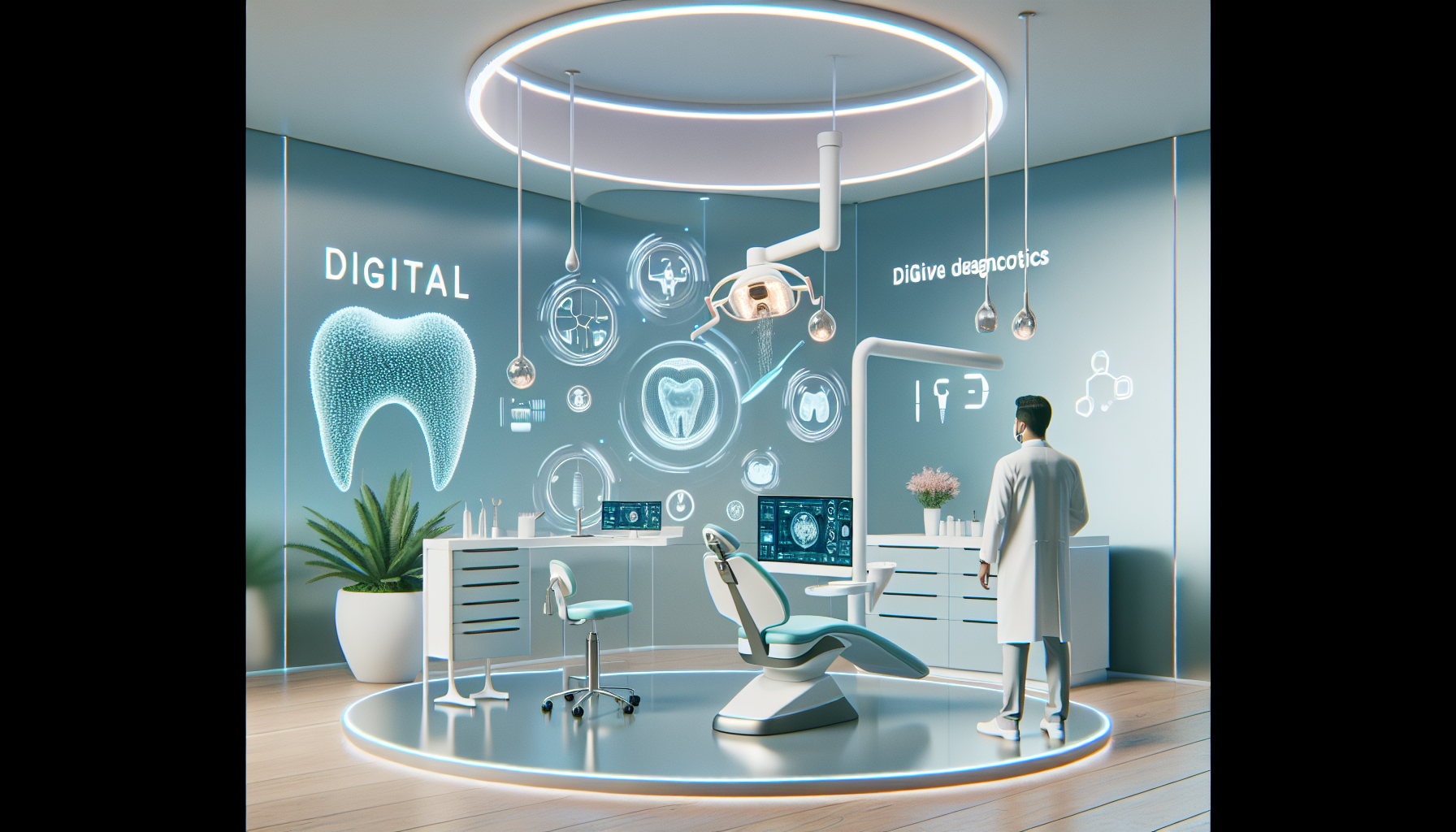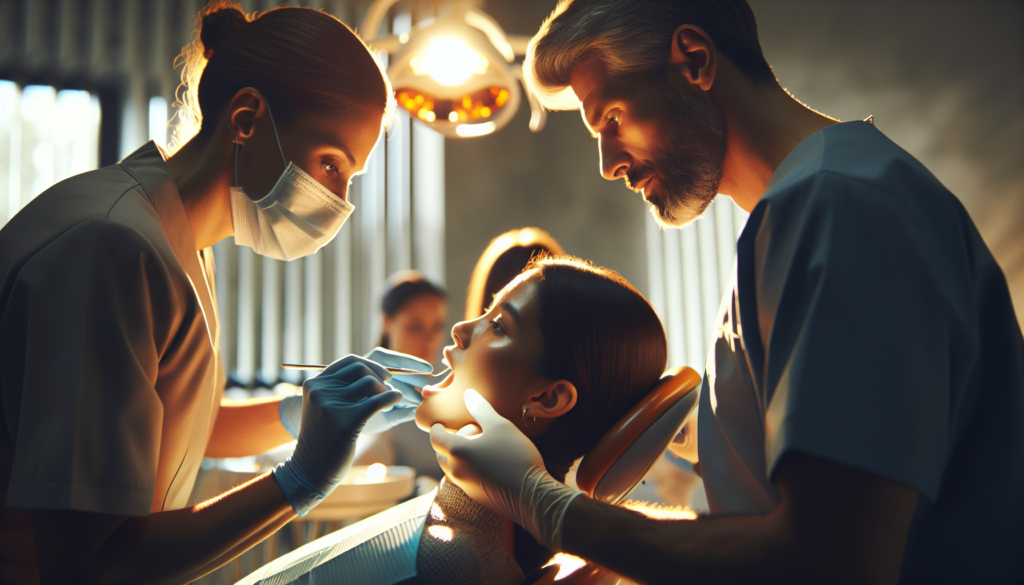Future of Dentistry 2040: What to Expect in Oral Care
Take charge of your oral health today and prepare for tomorrow—discover how habits shape not just your smile but your entire well-being. Learn more in The Habit Method.
Introduction: The Future of Dentistry by 2040
The world of dentistry is on the verge of a transformation unlike any other. By the year 2040, oral health will no longer be limited to fillings or cleanings—it will be defined by digital precision, advanced technology, personalized care, and preventive models that keep smiles healthier for longer. Emerging technologies such as artificial intelligence (AI), robotics, nanotechnology, and 3D printing are already paving the way for innovations that place patients at the heart of care. Let’s explore the groundbreaking changes ahead in the future of dentistry and what it means for oral care worldwide.
Key Dental Technology Trends Shaping 2040
Rise of AI-Driven Diagnostics in Dentistry
Artificial intelligence will become a central force in oral healthcare by 2040. AI-powered diagnostic tools will analyze medical and imaging data, enabling dentists to detect issues such as cavities, gum disease, and even early signs of oral cancer with unmatched accuracy.
- Predictive oral health monitoring will help prevent issues before they become critical.
- Smart algorithms will improve the speed and reliability of X-ray and 3D scans.
- Personalized recommendations will guide patients to better oral hygiene habits daily.
3D Printing and Customized Dental Solutions
3D printing continues to revolutionize restorative dentistry and by 2040 will be the gold standard. Dentists will 3D-print crowns, bridges, dentures, and implants on-site within hours, reducing patient wait times significantly.
- Custom-fitted dental prosthetics tailored to each patient’s unique mouth structure.
- More affordable treatments due to reduced material costs and less dependency on labs.
- Enhanced precision and comfort for both cosmetic and restorative dentistry.
Virtual Reality & Teledentistry for Patient Experience
Teledentistry and virtual consultations are already transforming patient access. By 2040, virtual reality (VR) and augmented reality (AR) will elevate the dental experience further by reducing anxiety and expanding accessibility.
- Remote consultations for patients in rural or underserved areas.
- Virtual reality simulations to calm patients during dental treatment.
- Interactive oral health education through VR applications.
Preventive and Minimally Invasive Dentistry by 2040
Preventive Oral Care Models
The biggest shift in dentistry will be from reactive treatment to proactive prevention. Clinics will focus on long-term monitoring, lifestyle adjustments, and preventive care.
- Continuous digital oral health trackers connected to smart devices.
- Frequent, less invasive checkups focused on prevention rather than repair.
- Reduction in the overall need for surgical treatments due to early management.
Nanotechnology in Dental Treatments
Nanodentistry is expected to step into the spotlight with innovations such as nano-materials to heal cavities without drills or nano-robots capable of repairing enamel or delivering medication directly to specific areas in the mouth.
Minimally Invasive Dental Procedures
By 2040, minimally invasive treatments will be the norm. Advances will make dental procedures faster, less painful, and result in quicker recovery times.
- Laser dentistry for soft tissue work and decay removal.
- Painless sealing of cavities using bio-materials.
- Shorter procedure times enhancing patient comfort and convenience.
Personalized Dentistry and Patient-Centered Care
DNA and Genetic Testing in Oral Health
Genomics and biotechnology will allow dentists to design highly customized oral health plans. Patients may undergo DNA and genetic testing to determine their risks for gum disease, sensitivity, or cavity formation and receive tailored treatments accordingly.
AI-Powered Treatment Planning
Artificial intelligence will provide dentists with unprecedented precision in developing treatment plans. Whether it’s orthodontics, dental implants, or cosmetic dentistry, AI-powered tools will ensure optimal outcomes with reduced complications.
Accessibility, Affordability, and Global Oral Health
The future of dentistry is not only about advanced tools but also about wider access. By 2040, many innovations will lower treatment costs, making high-quality dental care available worldwide.
- Affordable dentistry supported by cost-efficient 3D printing technologies.
- Global standards to improve oral health across developing nations.
- Public health initiatives driven by technology-enhanced preventive care.
Environmental Sustainability in Dentistry
Sustainability will play a defining role in dentistry by 2040. With increased awareness of climate change, dental practices will adopt eco-conscious tools and practices.
- Biodegradable dental tools replacing single-use plastics.
- Water- and energy-efficient systems in clinics.
- Reduced chemical waste through advanced treatment methods.
Preparing for the Future of Oral Care
For both patients and dental professionals, preparing for dentistry’s future requires adopting lifelong learning, openness to digital advancements, and embracing prevention. Students training for dentistry today will become experts in technologies such as robotics, nanodentistry, and AI-assisted diagnostics as the global demand for smarter care continues to grow.
Conclusion: The Next Era of Healthy Smiles
The future of dentistry by 2040 promises innovation, personalization, accessibility, and sustainability. Patients will benefit from smarter prevention, gentler treatments, and improved overall well-being. Professionals and practices who lean into these trends now will be best positioned to thrive in this transformative landscape.
Transform your health journey today—your habits shape your future. Begin with your smile and strengthen your life with The Habit Method.
Frequently Asked Questions
1. What role will artificial intelligence play in dentistry by 2040?
AI will help dentists detect oral health issues earlier and with higher precision, while also enabling customized treatment plans and improving efficiency in dental clinics.
2. How will 3D printing impact patient care?
3D printing will allow same-day production of crowns, dentures, and implants, making dental prosthetics more affordable, accurate, and quickly accessible.
3. What is nanodentistry and how will it affect treatments?
Nanodentistry involves the use of nano-materials and nano-robots to repair tissues, heal enamel, or deliver treatments at a microscopic level, reducing the need for traditional drills and invasive treatments.
4. Will dentistry become more affordable by 2040?
Yes, innovations such as AI, 3D printing, and preventive care models will significantly reduce costs, making oral health care more accessible across the globe.
5. How will dentistry adapt to sustainability concerns?
Dentistry will incorporate eco-friendly practices through biodegradable tools, reduced waste production, eco-friendly clinic designs, and efficient energy usage.
Post Disclaimer
DentalUp is for educational purposes only and cannot accept personal dental information such as x-rays, photos, or treatment details. See full disclaimer here.





